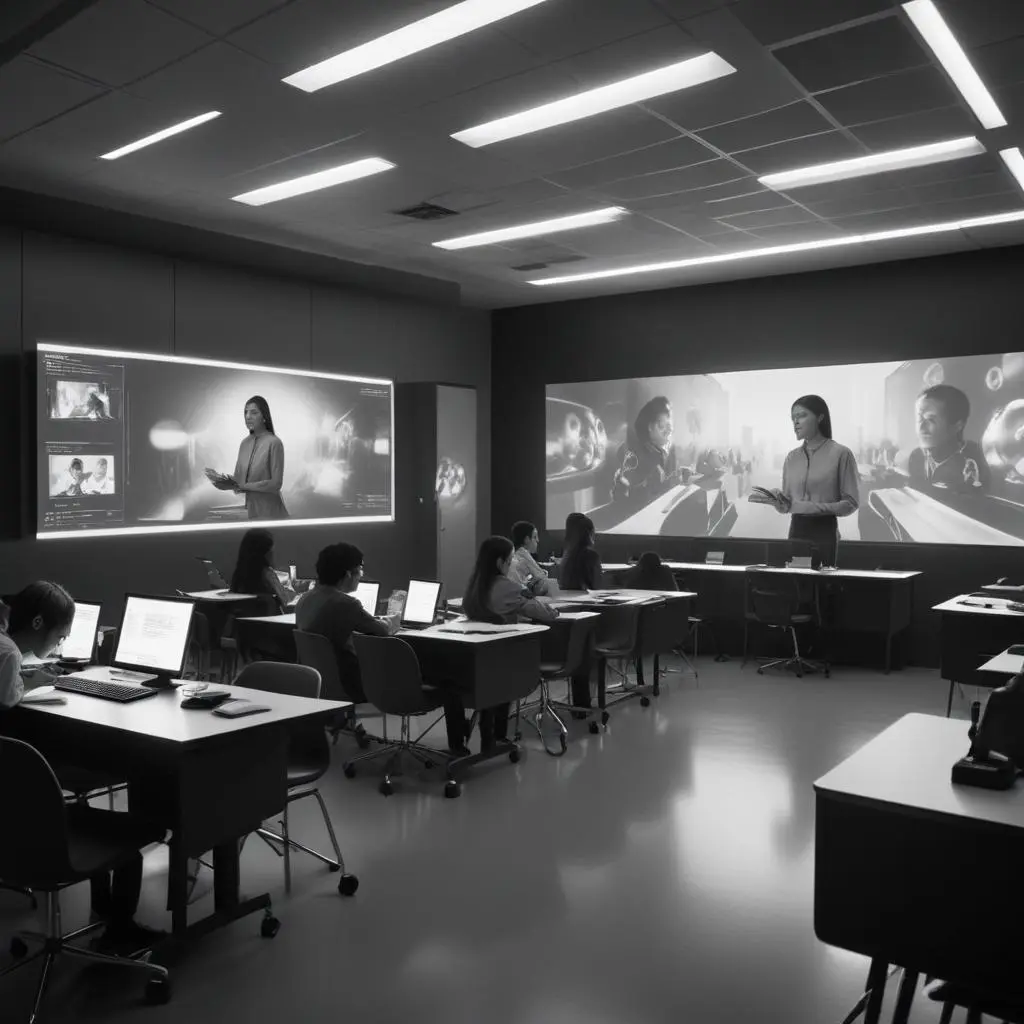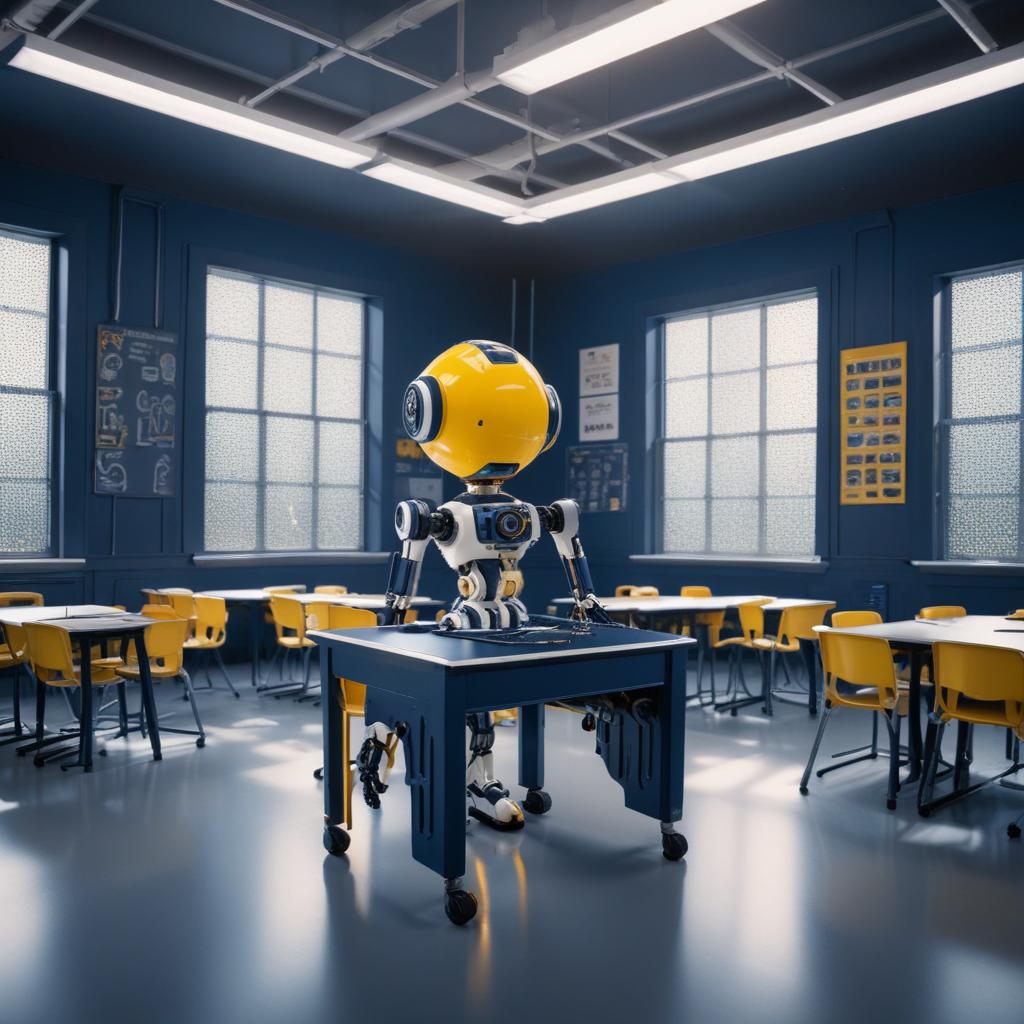Step into any classroom today, and you’ll notice something different from just a decade ago. Instead of chalkboards and stacks of heavy textbooks, you might see interactive whiteboards, tablets, laptops, and even virtual reality headsets. Technology has become a defining element of modern education.
But this shift isn’t just about replacing pen and paper. It’s about transforming how teachers teach, how students learn, and how knowledge is shared. In this article, we’ll dive into the role of technology in modern classrooms—its benefits, challenges, and how it’s reshaping the future of education.
Why Technology Matters in Education
Before diving into specific tools, let’s pause to ask: Why do we even need technology in classrooms?
Here are a few reasons:
- Access to information: Students can go beyond textbooks and explore resources from around the world.
- Engagement: Interactive tools make learning fun and relatable.
- Collaboration: Digital platforms allow students to work together, even across continents.
- Preparation for the future: Today’s jobs demand digital skills; classrooms must prepare students for that reality.
In short, technology bridges gaps, enhances creativity, and brings the real world into learning spaces.
1. Digital Tools That Are Changing Classrooms
Technology comes in many forms. Let’s look at the most influential tools currently shaping education.
Interactive Whiteboards
Gone are the days of dusty chalkboards. Interactive whiteboards let teachers display multimedia lessons, annotate in real time, and make learning dynamic.
Tablets and Laptops
Devices like Chromebooks and iPads are becoming standard in schools. They give students access to e-books, apps, and cloud-based platforms. Instead of carrying five textbooks, a single tablet holds them all.
Learning Management Systems (LMS)
Platforms like Google Classroom, Moodle, and Canvas organize assignments, grades, and resources in one place. Teachers can post materials, and students can submit work without paper clutter.
Virtual and Augmented Reality (VR/AR)
Imagine learning about space by taking a VR “walk” on Mars, or studying anatomy with a 3D model you can rotate and explore. VR and AR turn abstract ideas into tangible experiences.
Online Collaboration Tools
Google Docs, Microsoft Teams, and Zoom enable group projects, remote learning, and real-time collaboration, making teamwork easier and more effective.
2. Benefits of Technology in the Classroom
When used well, technology brings a host of benefits to students, teachers, and institutions.
For Students
- Personalized learning: Adaptive software adjusts difficulty levels based on student performance.
- Engagement: Multimedia lessons keep students interested.
- Skill development: Digital literacy, problem-solving, and collaboration are enhanced.
- Access to resources: From Khan Academy to Coursera, free learning platforms expand horizons.
For Teachers
- Efficiency: Automated grading tools save time.
- Data-driven insights: Teachers can track student progress instantly.
- Flexibility: Online resources provide fresh teaching materials.
- Creativity: Teachers can experiment with interactive methods.
For Education Systems
- Scalability: Online platforms can serve thousands of students.
- Inclusivity: Students with disabilities can use assistive technologies.
- Global reach: International students can access the same courses remotely.
3. Technology and Student Engagement
One of the biggest challenges in education has always been keeping students engaged. Technology helps address this by making lessons interactive and relevant.
For example:
- Gamification: Apps like Kahoot! turn quizzes into games.
- Simulations: Science experiments can be done virtually when labs aren’t available.
- Multimedia storytelling: History comes alive through videos, podcasts, and interactive maps.
Engaged students are more likely to retain knowledge and enjoy the learning process.
4. Preparing Students for the Future
The workplace of tomorrow demands tech-savvy professionals. Schools play a critical role in developing these skills.
Some examples:
- Coding classes: Many schools now teach coding from an early age.
- Digital communication: Email etiquette, online collaboration, and presentation tools are everyday skills.
- Critical thinking: With access to so much information, students learn to evaluate credibility.
Technology isn’t just teaching facts—it’s preparing students for real-world challenges.
5. Challenges of Technology in Modern Classrooms
Of course, technology isn’t a magic fix. It comes with challenges that educators and policymakers must address.
Digital Divide
Not every student has access to devices or high-speed internet. This gap creates inequality in learning opportunities.
Over-reliance on Technology
If used excessively, technology can reduce critical thinking or discourage handwriting and in-person interaction.
Screen Time Concerns
Excessive screen use can lead to eye strain, reduced attention span, and even mental health issues.
Teacher Training
Not all teachers feel comfortable with new tech. Without proper training, tools may be underused or misused.
Cybersecurity Risks
From data breaches to online bullying, digital platforms need strong safeguards.
6. Balancing Technology and Traditional Learning
The best classrooms don’t replace teachers with screens. Instead, they blend technology with traditional methods.
Blended learning models combine:
- Face-to-face instruction for human connection.
- Online tools for flexibility and engagement.
- Group work to foster teamwork.
This hybrid approach ensures students get the best of both worlds.
7. Case Studies: Technology in Action
Example 1: Flipped Classrooms
In a flipped classroom, students watch lectures online at home and use class time for discussions and problem-solving. This model has improved performance in subjects like math and science.
Example 2: Virtual Field Trips
Schools with limited budgets can still take students on “field trips” using VR. Whether it’s visiting the Great Wall of China or exploring the Amazon rainforest, the experience becomes accessible to all.
Example 3: AI Tutoring Systems
AI-powered platforms like Carnegie Learning provide instant feedback and personalized practice, helping students who struggle to keep up in traditional classrooms.
8. The Future of Technology in Education
Looking ahead, the role of technology in modern classrooms will only grow. Emerging trends include:
- Artificial Intelligence (AI): Personalized tutors and smart grading.
- Blockchain: Secure certification and record-keeping.
- Metaverse learning spaces: Immersive 3D classrooms.
- Wearable tech: Smart glasses or AR devices for interactive learning.
The classrooms of tomorrow may look very different—but the goal will remain the same: effective, inclusive education.
Common Misconceptions About Technology in Education
- “Technology replaces teachers.”
False. Teachers remain central; tech only enhances their methods. - “More tech means better learning.”
Not always. The effectiveness depends on how tools are integrated. - “Students already know how to use tech, so no training is needed.”
Knowing how to use social media doesn’t mean students understand digital literacy. Training is essential.
Frequently Asked Questions (FAQ)
1. Why is technology important in classrooms today?
Because it makes learning interactive, accessible, and prepares students for digital workplaces.
2. What are examples of technology used in classrooms?
Examples include tablets, interactive whiteboards, VR headsets, online learning platforms, and gamified apps.
3. Does technology improve student performance?
Yes, when used effectively. Studies show increased engagement, higher retention, and better collaboration.
4. What are the risks of technology in education?
Risks include screen overuse, cyberbullying, unequal access, and dependency on digital tools.
5. Will future classrooms rely only on technology?
Unlikely. The most effective model is a balanced approach combining human teaching and digital innovation.
Conclusion
Technology has completely reshaped the way we think about education. From interactive lessons to personalized AI tutors, the role of technology in modern classrooms is undeniable. While challenges like inequality and screen fatigue remain, the benefits far outweigh the drawbacks when tech is used wisely.
Ultimately, technology is not here to replace teachers but to empower them—and to prepare students for a future where digital skills are essential.
The future classroom will likely be even more connected, immersive, and student-centered. The real question is: how can we use technology thoughtfully to ensure it enriches learning for everyone?



